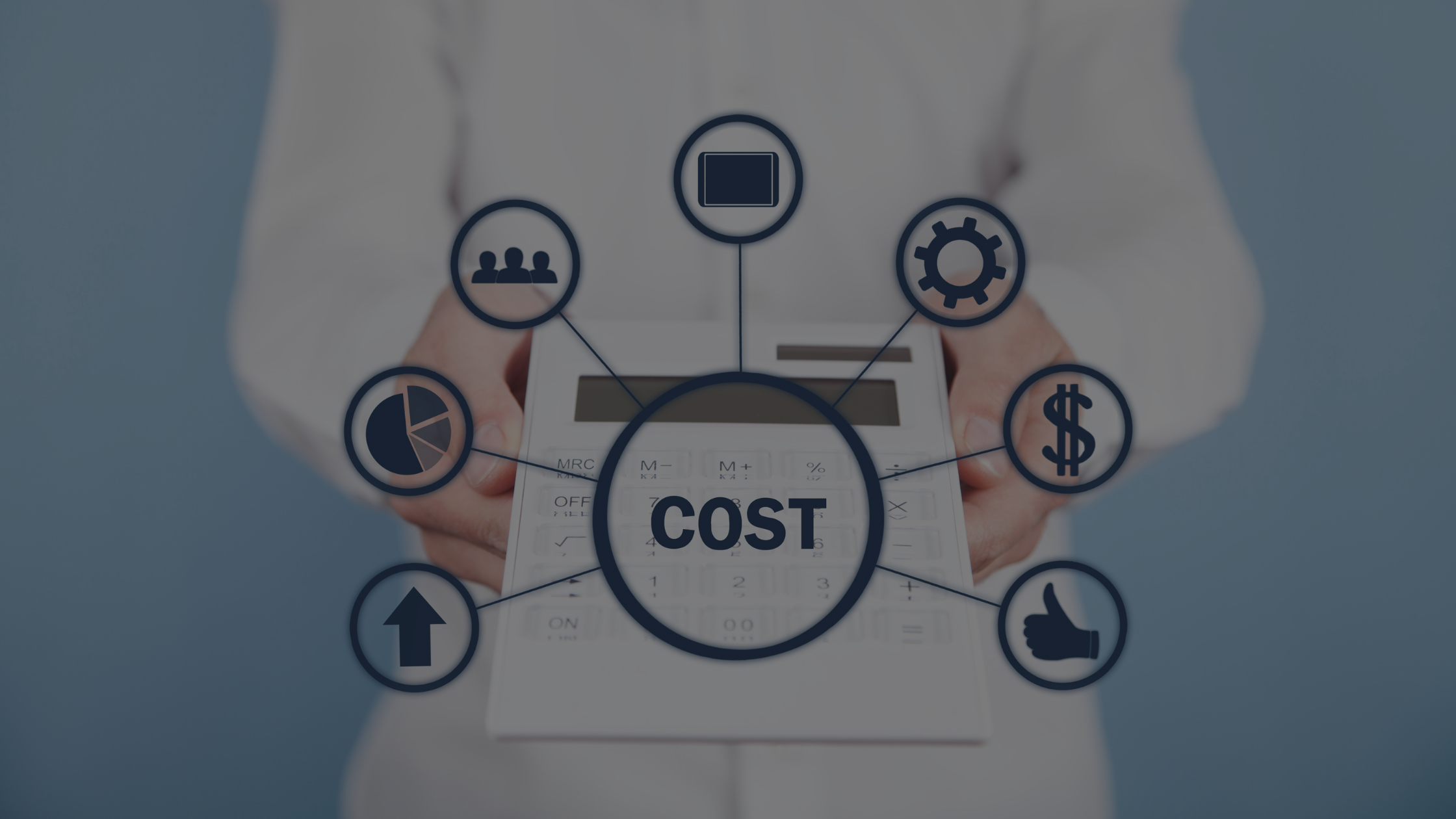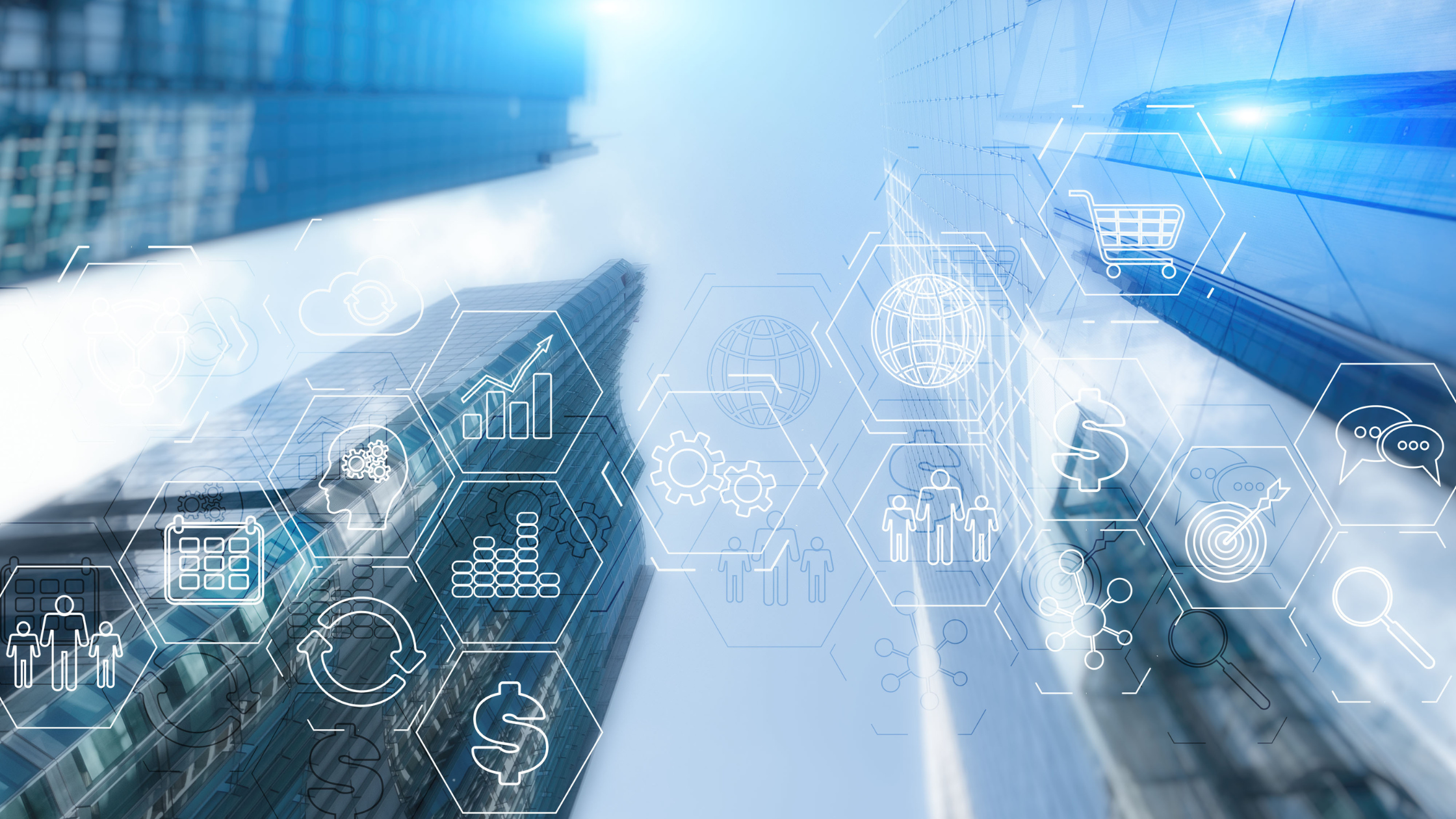Planned System Updates with Flawless Implementation for your ERP
The system update should be well planned and well implemented. Don’t settle for less!
Unlocking Business Potential with Strategic ERP Upgrades
In an era where technology continuously reshapes business landscapes, staying updated with the latest enterprise resource planning (ERP) systems is not just advantageous—it's imperative. As an ERP reseller, we understand the dynamics of ERP upgrades and enhancements which are crucial to helping clients maximize their investment. Effective ERP updates can streamline operations, enhance functionalities, and boost overall efficiency, thereby providing return on investment.
Planning and Preparation: Laying the Groundwork for Success
Define Your Goals and Objectives
Start by clearly defining what you aim to achieve with the ERP update. Whether it's boosting operational efficiency, expanding functionality, or improving reporting capabilities, have a clear set of objectives. This will steer your upgrade process in the right direction.
Assess Your Current System
Evaluate your current ERP deployment to pinpoint both strengths and areas needing improvement. This assessment helps in identifying key upgrades, necessary customizations or third-party add-on’s that align with your business goals.
Choose the Right Update Path
Selecting the appropriate upgrade path—be it a complete version upgrade, a phased rollout, implementation of add-on’s or a transition to a cloud-based solution—is vital. Each option comes with its own set of benefits and considerations. For small and medium enterprises (SMEs), cloud-based solutions often offer greater flexibility and scalability.
Create a Detailed Project Plan
Develop a comprehensive project plan that outlines the update's scope, timeline, budget, required resources, and communication strategies. A well-structured plan ensures alignment and effective tracking of progress across teams.
Build a Strong Team
Assemble a team that combines expertise in ERP systems, project management, and change management. This mix is critical for navigating the complexities of the upgrade process.
Communication and Change Management: Ensuring Smooth Transition
Communicate Effectively with Stakeholders
Maintain open lines of communication with all stakeholders throughout the update process. Regular updates foster buy-in and reduce resistance to change.
Develop a Comprehensive Training Plan
Before going live, train your users on the new system's features and functionalities. Diverse training methods, such as video tutorials, workshops, and cheat sheets, can cater to different learning preferences, ensuring a smoother transition.
Provide Ongoing Support
Post-implementation, continue to support your users to resolve any queries or issues. This ongoing assistance is crucial for successful adaptation to the upgraded system.
Technical Considerations: Safeguarding Your Upgrade
Test Thoroughly
Conduct extensive testing of the new system to identify and resolve any issues before the go-live phase. This minimizes potential disruptions during the implementation.
Plan for Data Migration
Data migration is often one of the most challenging aspects of an ERP upgrade. Develop a robust plan and consider employing automated tools to ensure accuracy and minimize errors.
Ensure Security and Compliance
Verify that the updated system meets all relevant security and compliance standards to protect your data and business operations. Regular security audits and updated protocols are essential to safeguard sensitive information.
Additional Tips for a Successful Upgrade
Start Small and Scale Up
If the idea of a full-scale update is daunting, begin with a smaller pilot project. This approach allows you to address potential issues on a manageable scale before wider implementation.
Be Flexible and Adaptable
Adaptability is key during an ERP upgrade, as unexpected challenges may arise. Be ready to modify your strategy based on real-time feedback and evolving business needs.
Celebrate Your Successes
Recognize and celebrate milestones throughout the upgrade process. This not only boosts morale but also keeps the team motivated and focused on achieving the final goals.
Conclusion: Getting the "Bang for Your Buck"
Ultimately, ERP upgrades should be viewed as essential investments that drive business growth and efficiency. By carefully planning, preparing, and executing your ERP upgrade strategy, you can ensure that your maintenance fees translate into tangible improvements and a definitive competitive edge in the market. Remember, the goal is to not just keep up with technology but to leverage it to propel your business forward.



